Bulbs
Flower Basics
Flower Beds & Specialty Gardens
Flower Garden
Garden Furniture
Garden Gnomes
Garden Seeds
Garden Sheds
Garden Statues
Garden Tools & Supplies
Gardening Basics
Green & Organic
Groundcovers & Vines
Growing Annuals
Growing Basil
Growing Beans
Growing Berries
Growing Blueberries
Growing Cactus
Growing Corn
Growing Cotton
Growing Edibles
Growing Flowers
Growing Garlic
Growing Grapes
Growing Grass
Growing Herbs
Growing Jasmine
Growing Mint
Growing Mushrooms
Orchids
Growing Peanuts
Growing Perennials
Growing Plants
Growing Rosemary
Growing Roses
Growing Strawberries
Growing Sunflowers
Growing Thyme
Growing Tomatoes
Growing Tulips
Growing Vegetables
Herb Basics
Herb Garden
Indoor Growing
Landscaping Basics
Landscaping Patios
Landscaping Plants
Landscaping Shrubs
Landscaping Trees
Landscaping Walks & Pathways
Lawn Basics
Lawn Maintenance
Lawn Mowers
Lawn Ornaments
Lawn Planting
Lawn Tools
Outdoor Growing
Overall Landscape Planning
Pests, Weeds & Problems
Plant Basics
Rock Garden
Rose Garden
Shrubs
Soil
Specialty Gardens
Trees
Vegetable Garden
Yard Maintenance
How to Prune Butterfly Bushes
How to Prune Butterfly Bushes. To some, the butterfly bush (Buddleja davidii) evokes a pleasant image of butterflies flitting from flower to flower. To others, it is simply a large, annoying weed. Hardy in U.S. Department of Agriculture plant hardiness zones 5 through 10, the butterfly bush does not need to be pruned if you have the space to allow...
To some, the butterfly bush (Buddleja davidii) evokes a pleasant image of butterflies flitting from flower to flower. To others, it is simply a large, annoying weed. Hardy in U.S. Department of Agriculture plant hardiness zones 5 through 10, the butterfly bush does not need to be pruned if you have the space to allow it to grow unchecked -- it can reach heights and widths of more than 12 feet. Home gardeners who don't have the space to allow the shrub to grow can prune the plant to control for size and stimulate better blooming.
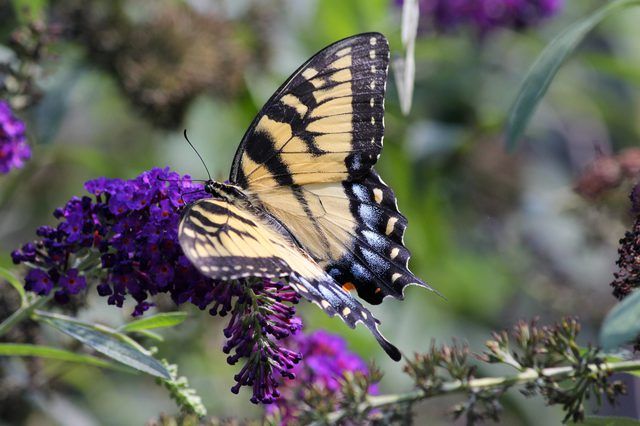
Things You'll Need
Gardening gloves
Pruning clippers or shears
Household bleach
Step 1
Wait for late winter or early spring. Watch for signs of new growth at the base of the plant.

Step 2
Sterilize your pruning tool by dipping it in a mixture of 1 part household bleach to 3 parts water. This will prevent the spread of fungi and diseases. Let the tool air-dry, or rinse it off with water, before making the first cut. Dip the blade between each cut if your bush suffers from a serious disease or fungal infection. Replace the solution every two hours.
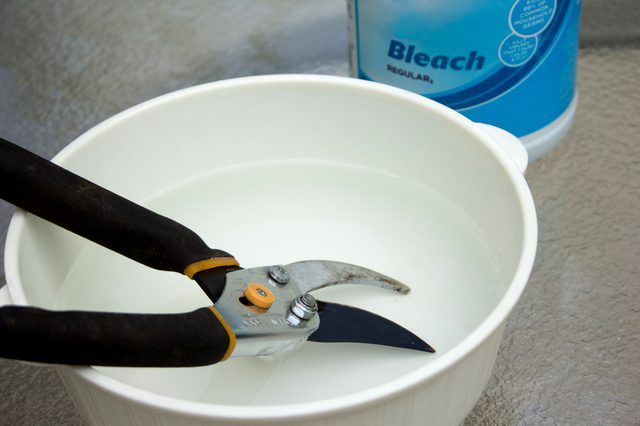
Step 3
Slip on gardening gloves to protect your hands.
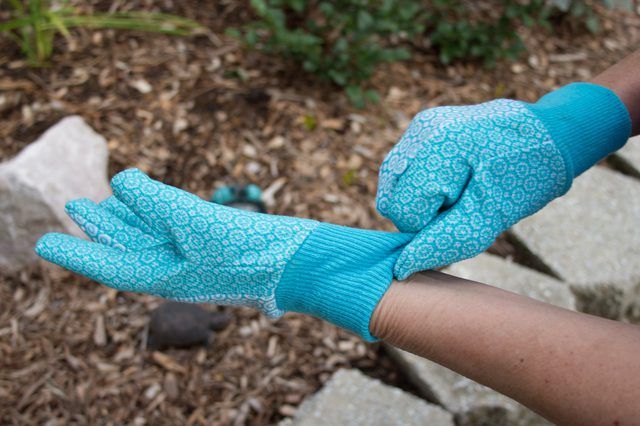
Step 4
Look for stems that do not show new growth. Remove these to the ground -- they have died back, which is common in colder climates.
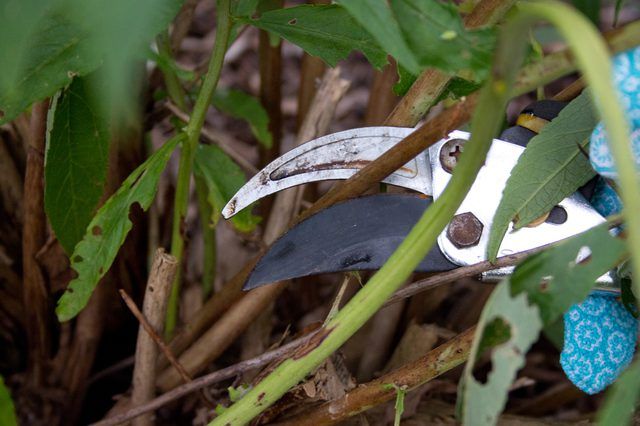
Step 5
Remove about one-third of the stems to the ground, if you would like to thin out your butterfly bush. Thinning it allows air to circulate more freely through the bush, and removing a third of the stems each year rejuvenates the plant over the course of a three-year period, according to Cornell Cooperative Extension Master Gardener Nicholas Stanton.
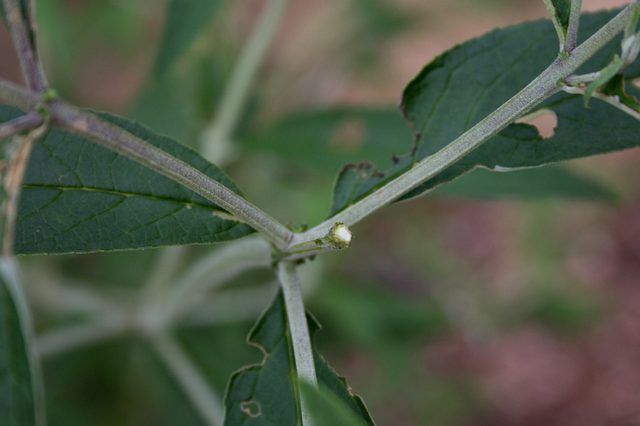
Step 6
Prune off any dead or broken branches to the ground.
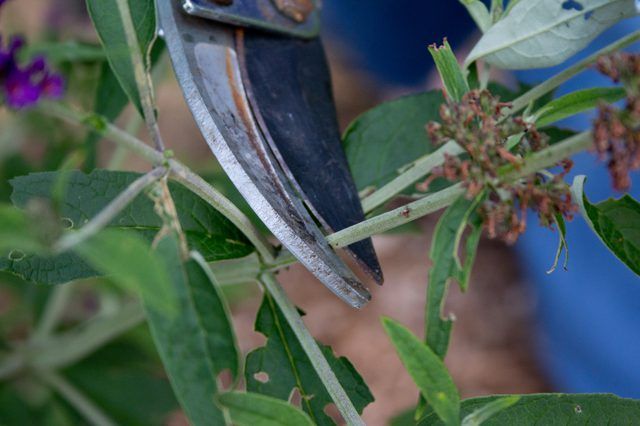
Step 7
Cut the rest of the plant back to about a foot above the ground. It will grow back to its maximum height in just one season. This step is not necessary, but you will have better blooming if you do this because the flowers develop on new growth.
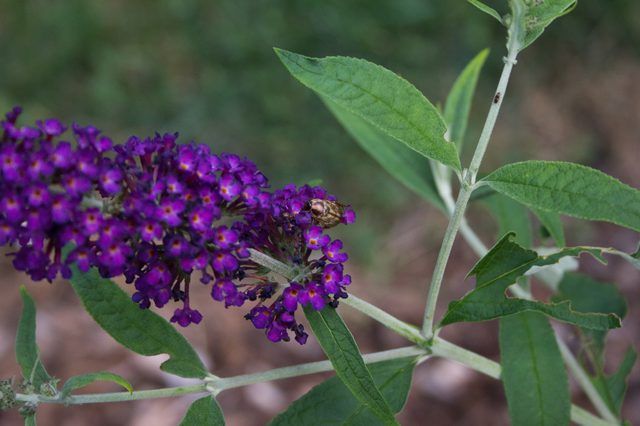
Step 8
Clip off spent blooms on an ongoing bases, and remove all dead flowers at the end of the season. This prevents the bush from reseeding, which is important in those areas where it is considered to be invasive -- primarily parts of California and the Pacific Northwest.
